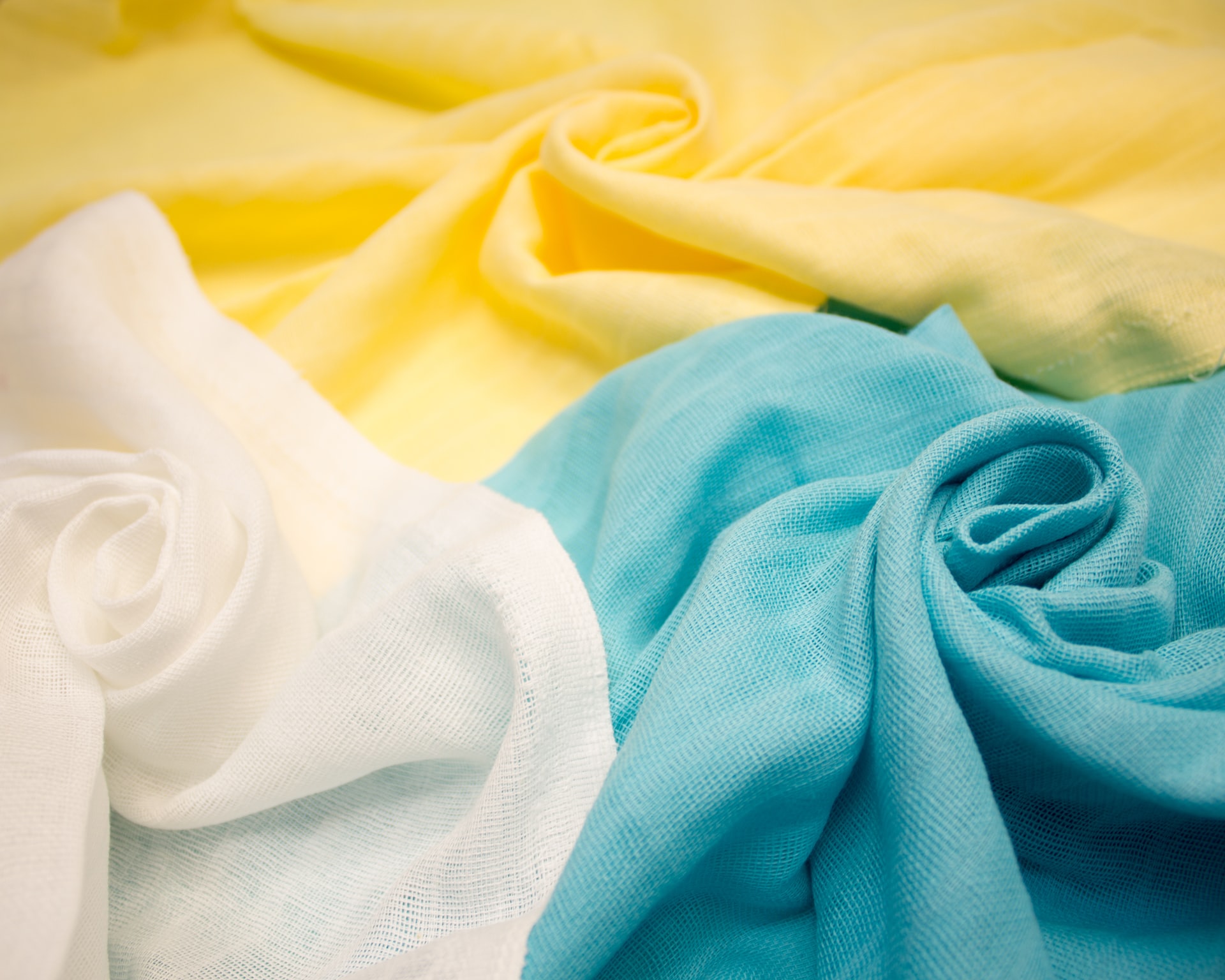The end of 2024: meaning, two and a half years from now. This is the deadline that the states of the European Union have set for organizing and implementing mandatory separate collection of textile waste. Considering that, to date, of the more than 7 million tons of waste produced annually, only 30/35 percent is collected separately, it is clear that this is a race against the clock.
Moreover, while various countries have started working on collection systems, the same cannot be said for the treatment and recycling of textile waste. "There is currently no large-scale plan to process them," Euratex, the European Confederation of the Textile and Apparel Industry, sums up.
To address the problem in practice, Euratex has therefore launched, as early in 2020, the ReHubs initiative, bringing together major European and global textile players. ReHubs unveiled last June its first industry study and a plan of four projects to accelerate the development of textile recycling throughout Europe.
EU textile recycling: a 15,000-job challenge
"For the textile sector, we are still in an almost completely linear value chain situation as of today," Euratex president Alberto Paccanelli tells Renewable Matter. "Only 5 percent of the textile product is in fact submitted to recycling processes: virtually everything has yet to be done. There is a lack of a well-trodden system for collecting the product, both as production waste and post-consumption, and there is a lack of selection, transformation and reintegration of recycled materials into production processes."
"The entire European textile sector, for which Euratex is acting as the leader," Paccanelli continues, "is therefore working to initiate a major transformation process that starts from the product planning and design phase. A product that will have to be thought of already from a circular perspective, made with the idea that it can be reused, remanufactured or recycled in supply chains capable of receiving it."
A titanic challenge, in short, that will also move significant funding. According to Euratex estimates, "to achieve a fiber-to-fiber recycling rate of between 18 and 26 percent by 2030, an investment of between 6 and 7 billion euros on a European scale will be required." On the other hand, the economic, social, and environmental value of this new textile recycling industry could reach an annual turnover of between 3.5 and 4.5 billion euros by 2030, and then, once fully operational, reach a turnover of 6 to 8 billion with 15 thousand new direct jobs generated by 2030.
The ReHubs industry study
All the data are contained in the first Techno Economic Master Study (TES) carried out by ReHubs: a full-fledged industry study that sheds light on critical information about textile waste and the technical, financial, and organizational needs to get to recycling at least 2.5 million tons of it by 2030.
In addition to the numbers, the study also contains assessments of critical issues and areas for improvement. There are five, in particular, that have been identified as the "ingredients of success" to create a true textile recycling supply chain in Europe: achieving a critical scale, establishing effective collaboration mechanisms among all actors, transition funds, private investment and a push from the public sector. These are all goals aimed at by the ReHubs initiative, which was created precisely to promote collaboration among all actors in the supply chain and to implement projects capable of attracting investment.
Four projects to boost the textile recycling industry
An initial array of four projects developed by the network is now being launched. The targets cover four different aspects of the textile recycling chain: transforming textile waste into raw material; increasing the adoption of mechanically recycled fibers within the value chain; increasing thermomechanical recycling capacity by solving technical challenges; and creating capsule collections with post-consumer recycled textiles.
Transform Waste into Feedstock is the first of the four to launch and will focus on textile waste sorting technologies. In fact, one of the limitations to overcome is the limited ability of technologies now in use to accurately identify materials to be recycled so they can be effectively fed back into the production chain. The design team, led by Swiss company Texaid AG, will therefore build a 50-thousand-ton capacity plant by the end of 2024.
The other projects will launch in the upcoming months and will be able to count on a broad array of forces mobilized by Euratex in the ReHubs framework: a Business Council bringing together pioneering companies in the sector, a stakeholder forum and a EURATEX task force with 14 national associations.
It is, in short, an important and much-needed effort, given the ambitious goals of the European Waste Law, but one that – don’t forget – concerns only part of the circular textile transition. "The ReHubs project focuses on 'fiber-to-fiber' recycling, which we felt was the most urgent issue at the moment," Paccanelli points out. "But the circular economy for textiles, as indeed the EU guidelines make clear, is a much broader concept that encompasses a range of practices for not throwing products in landfills or incinerating them: from repair to reuse, from second hand to remanufacturing. These are all new business models (covered in RM Issue 39) that will drive the circular revolution in the textile and fashion industry in the coming years.
Image: Ekaterina Grosheva (Unsplash)



